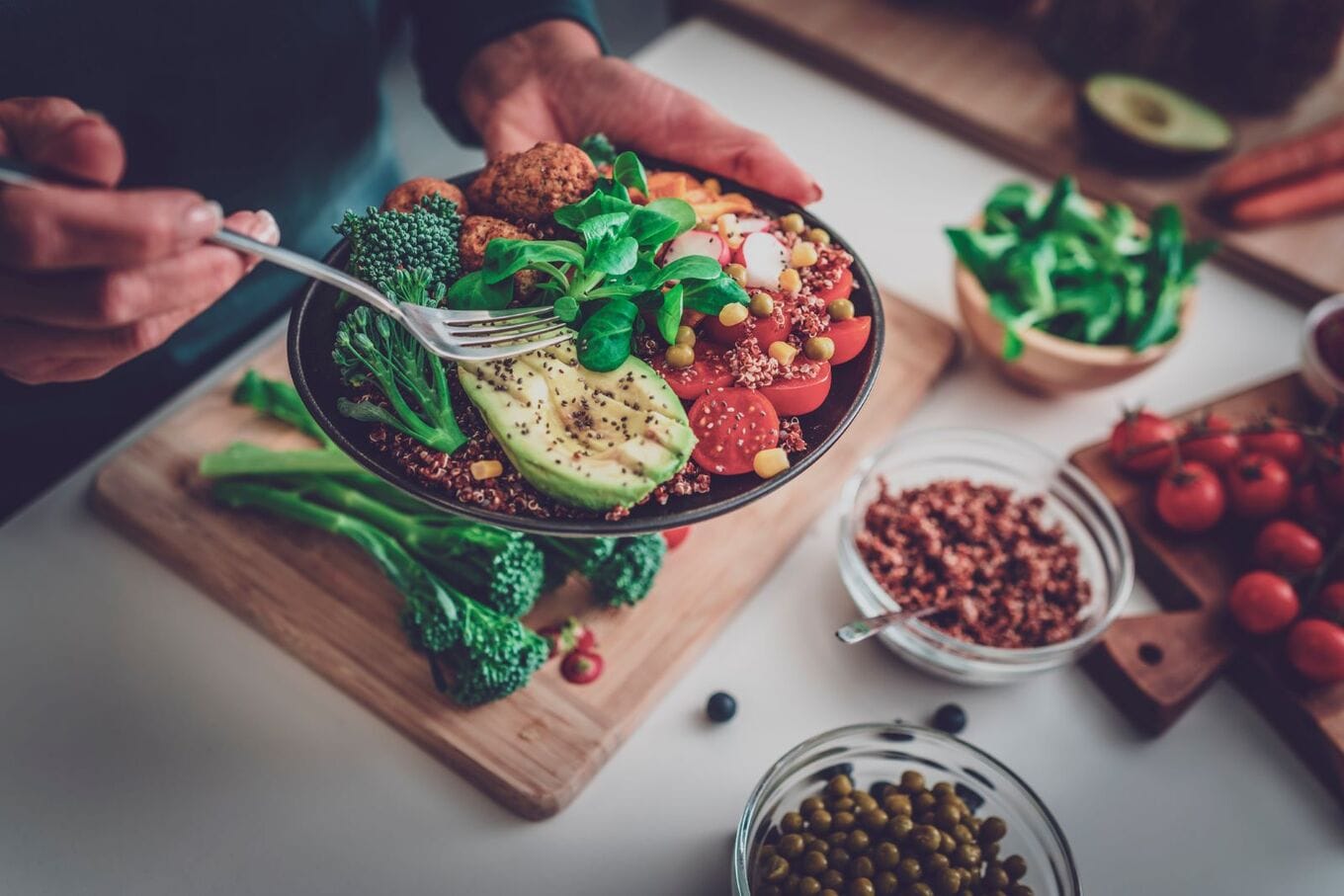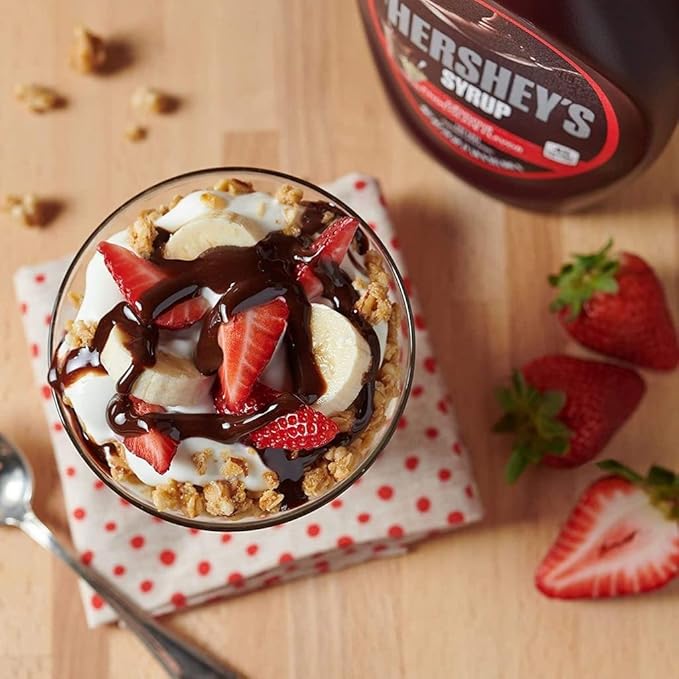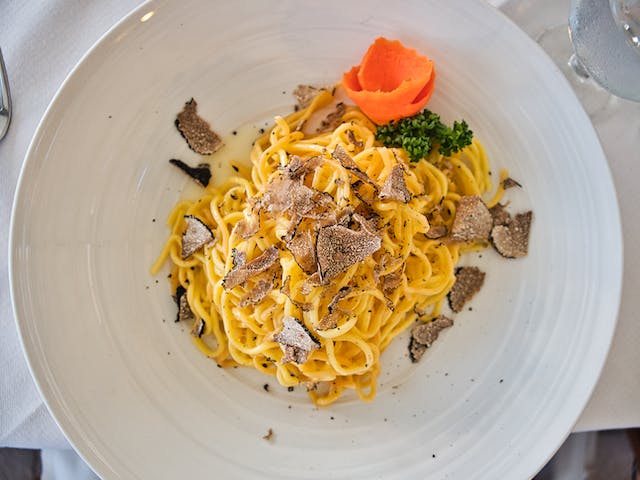This month, Impossible Foods and Burger King celebrated the fifth anniversary of the Impossible Whopper, a plant-based burger that continues to withstand the test of time.
Since 2019, plant-based burgers have come and gone on fast-food menus in the United States. But the Impossible Whopper—with its flame-grilled, plant-based patty and omittable mayonnaise—has remained.
Burger King
Perhaps the secret sauce is Burger King’s marketing, which squarely equates the meatless burger to its 67-year-old beef predecessor.
“Know the Whopper? Meet its twin,” reads Burger King’s tagline about the meatless burger. “The Impossible Whopper is just like the classic, but with an Impossible patty made from plants.”
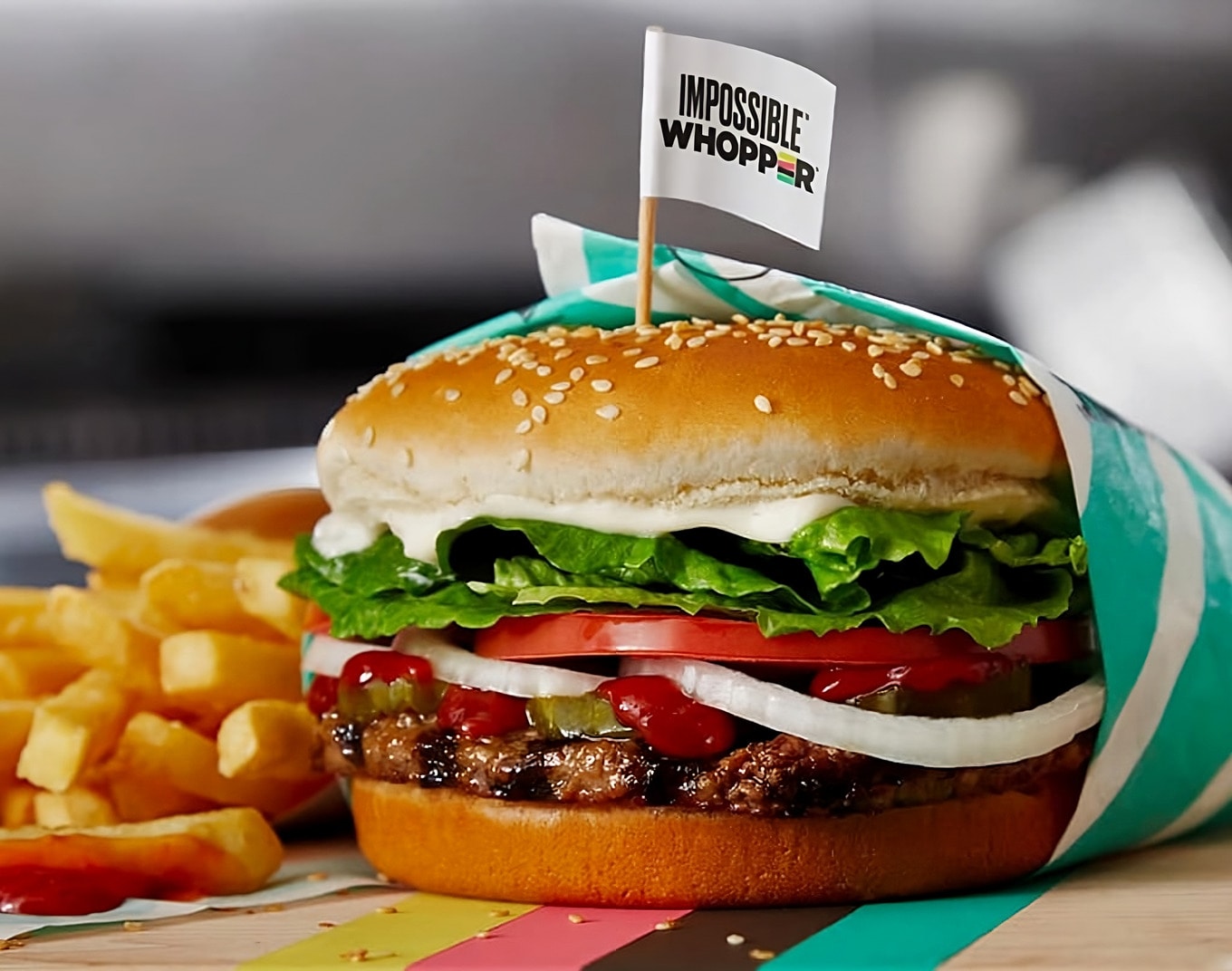 Burger King
Burger King
Table of Contents
The Impossible Whopper’s impact on fast food
The introduction of the Impossible Whopper was a bold move by Burger King, the second-largest hamburger chain in the United States with more than 7,000 locations nationwide.
Putting the Impossible Whopper on its US menu in 2019 gave Burger King a plant-based edge, a move that continues to serve its consumers in 2024.
“This anniversary is a milestone not just for Impossible Foods, but for the rest of the plant-based industry,” Sherene Jagla, Impossible Foods’ Chief Demand Officer, tells VegNews. “For a specialty menu item to have staying power on any restaurant menu, let alone Burger King’s, for more than five years demonstrates the potential of what can happen when you have the right product offering for the right audience.”
The Impossible Whopper’s success is largely attributed to its ability to appeal to a wide audience, including those who might not typically seek out plant-based options. “Working with Burger King has helped expose our brand to a broader, more diverse range of consumers who might not otherwise think about ordering a plant-based option,” Jagla says.
Traditionally dominated by beef and chicken, the fast-food industry has seen a gradual yet significant shift since the launch of the Impossible Whopper.
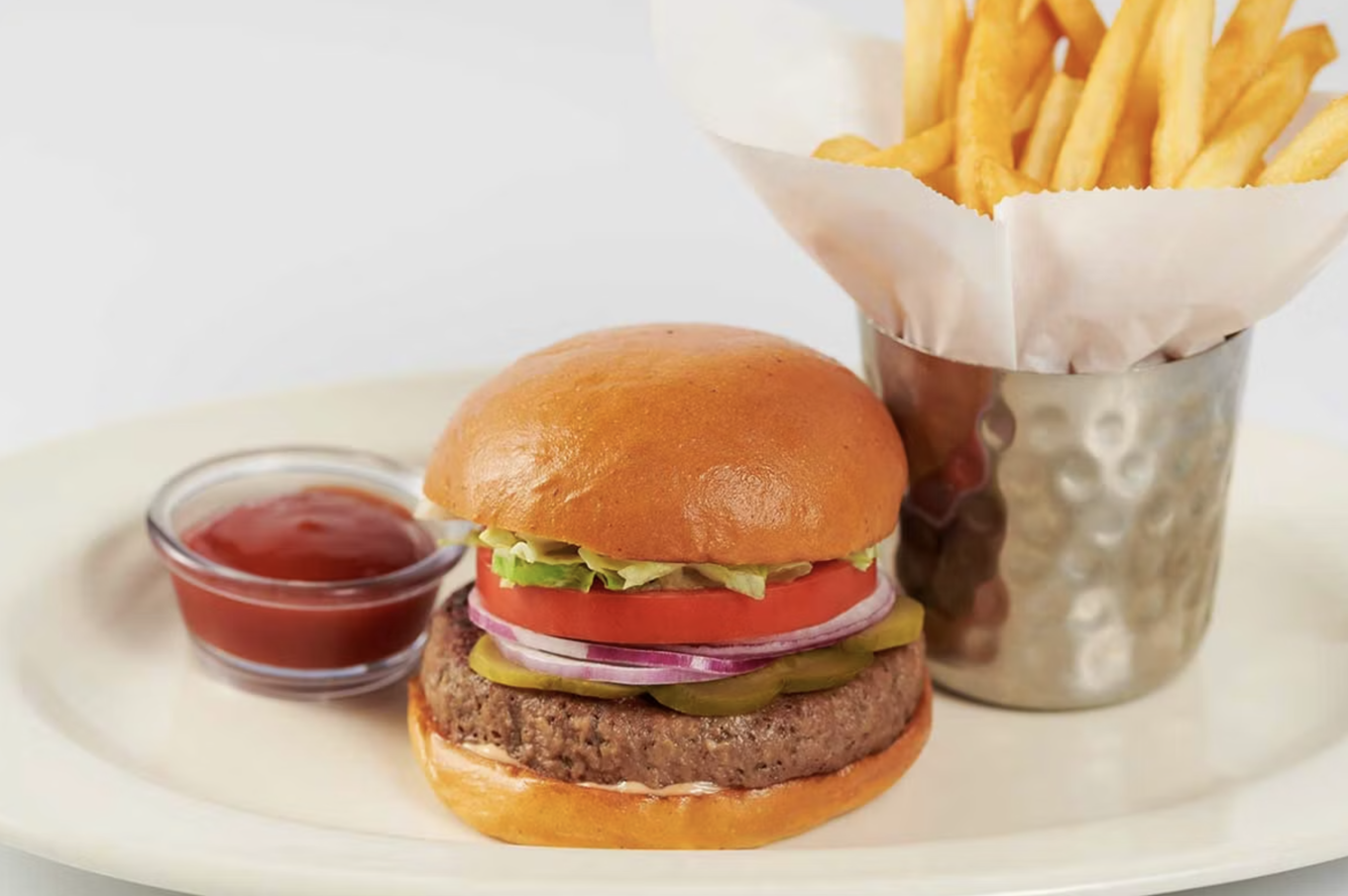 The Cheesecake Factory
The Cheesecake Factory
This expansion has played a key role in normalizing plant-based eating in a sector known for its meat-centric offerings. For instance, before 2019, someone looking for a hearty meatless burger at a Red Robin, Cheesecake Factory, or Applebee’s was met with a blank stare. Now, Impossible Burgers are on the menu at all of these. You can even get a side of Impossible Sausage at Cracker Barrel.
While some meatless options, like McDonald’s McPlant, only found limited success in the US fast-food sector, the longevity of Impossible Whopper serves as a reminder that consumers are still interested in these sustainable options.
“Consumers often don’t think about trying something new until they’re given the option,” Jagla says. “We’ve seen firsthand that once people try Impossible for the first time, they’re more likely to come back and order it again.”
“The kind of consumer demand we’ve seen for the Impossible Whopper has helped cement the staying power of plant-based meat in this industry,” Jagla says.
Globally, the success of the Impossible Whopper served as a catalyst for Burger King to explore plant-based meats, albeit with different suppliers. However, the purpose this burger serves remains universal.
“What’s great about the Impossible Whopper is it shows consumers that they can still enjoy familiar meals, like a classic Whopper, while incorporating more plant-based foods into their diet,” Jagla says. “We don’t want to force anyone to change their lifestyle or make them feel like they’re giving something up. Instead, we want to give them even more ways to enjoy the foods they love.”
Impossible Foods: a look back at the last five years
Impossible Foods first entered the foodservice scene in 2016, with the launch of its flagship Impossible Beef at select, high-end restaurants. It continued to expand its plant-based burger until 2019 when the launch of the Impossible Whopper necessitated the company to triple its production throughput to meet demand.
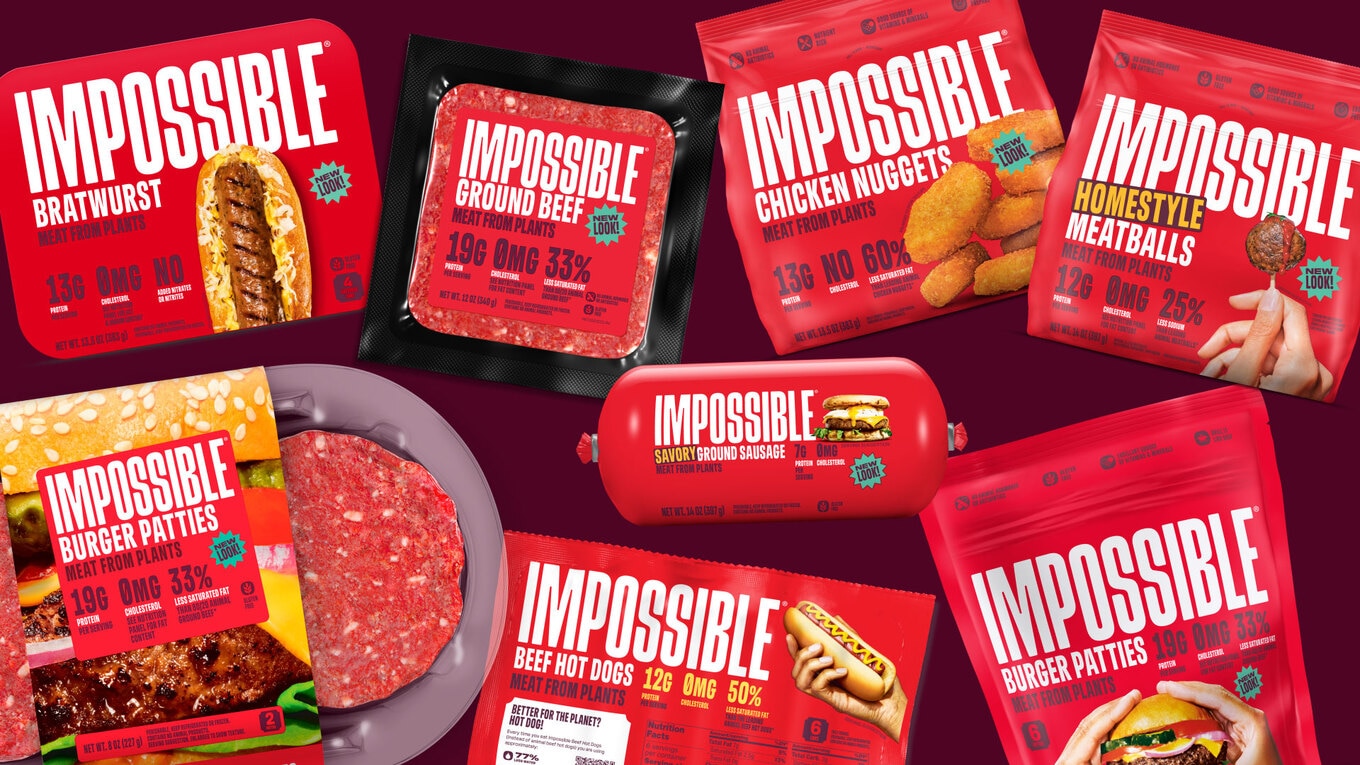 Impossible Foods
Impossible Foods
“Impossible has made an incredible amount of progress in the last five years,” Jagla says. “We went from having a single product available in restaurants to bringing our flagship beef to grocery stores, launching our chicken, pork, and sausage products, and even managing to take the internet by storm with our new Impossible Hot Dogs.”
This growth is not just in the variety of products but also in the brand’s visibility and appeal. In 2024, Impossible Foods underwent a significant brand transformation, adopting a more “meat-forward” style to appeal more directly to meat-eaters. This included changing its packaging from green to red, a visual identity that takes a page out of the Coca-Cola and McDonald’s branding playbook to better resonate with consumers.
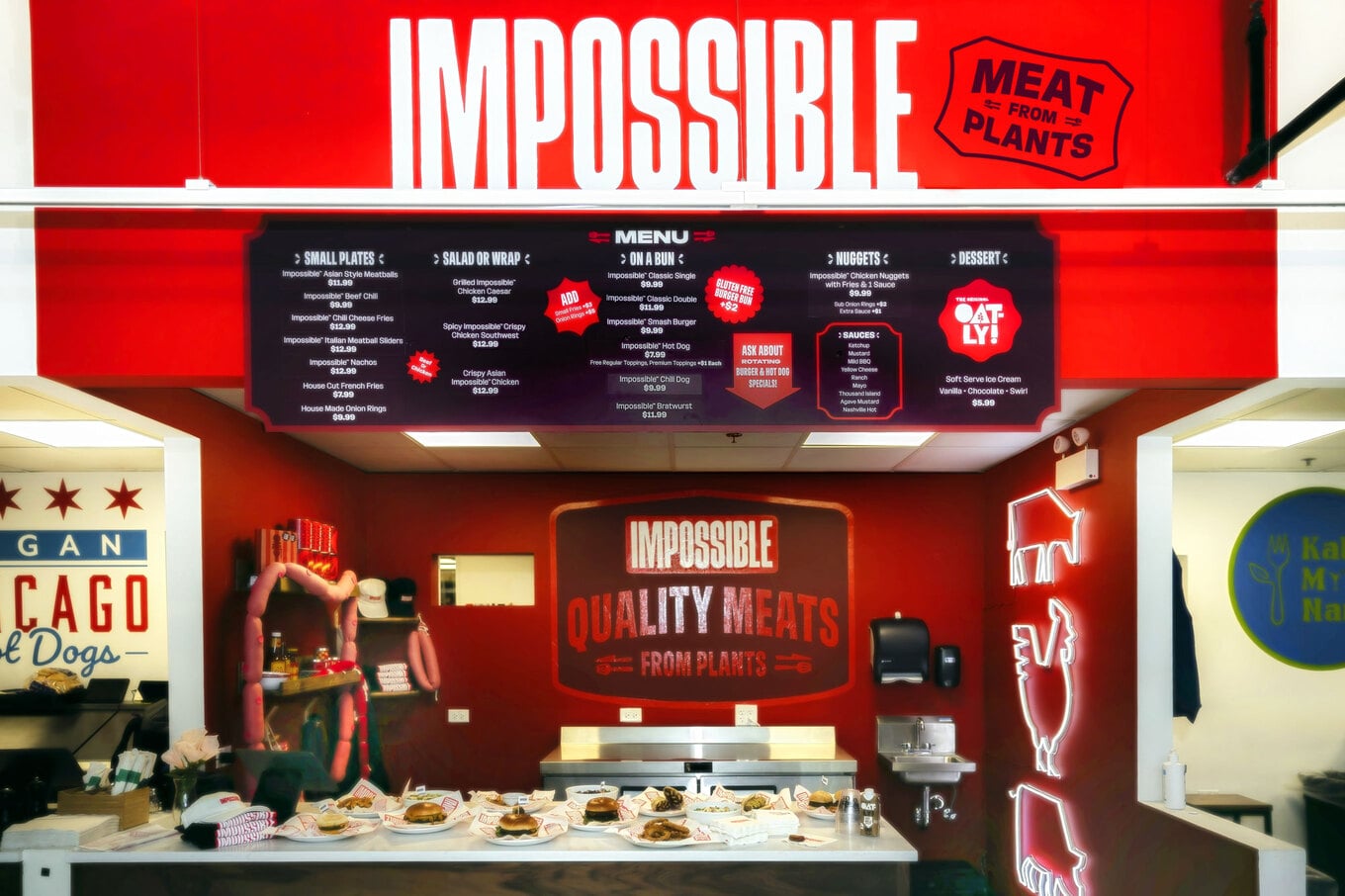 Impossible Foods
Impossible Foods
Impossible Foods also partnered with high-profile figures, mostly famously hot dog-eating legend Joey Chestnut, to reach a broader audience. This month, the company also opened Impossible Quality Meats in Chicago, a pop-up shop with a menu crafted around its beef, pork, and chicken to give consumers multiple entry points to sample its meaty offerings.
And these developments are informed by the same logic as the no-compromise promise of the Impossible Whopper. “This is all part of our goal to welcome more meat eaters into the plant-based category and so far, the feedback has been great,” Jagla says.


